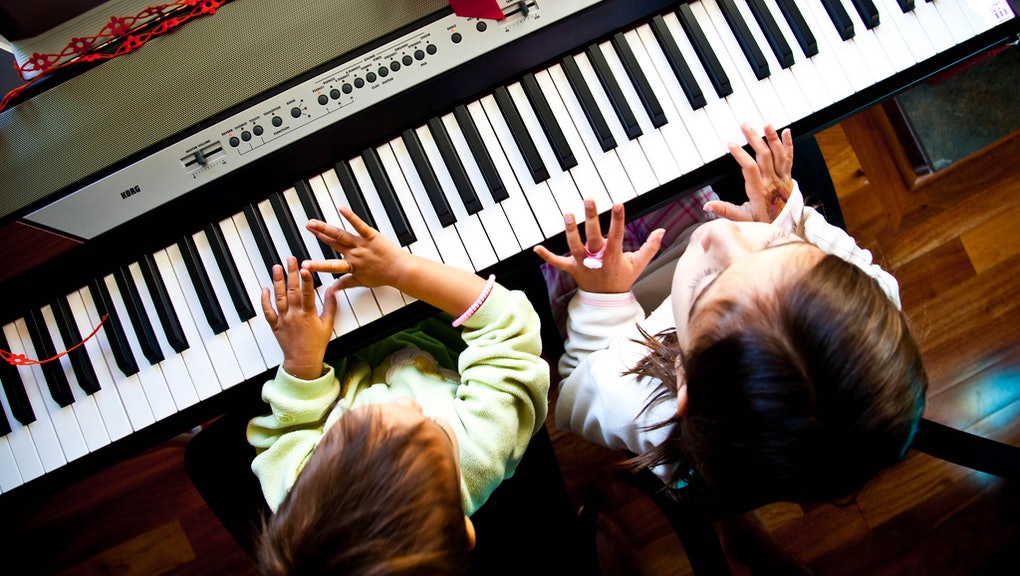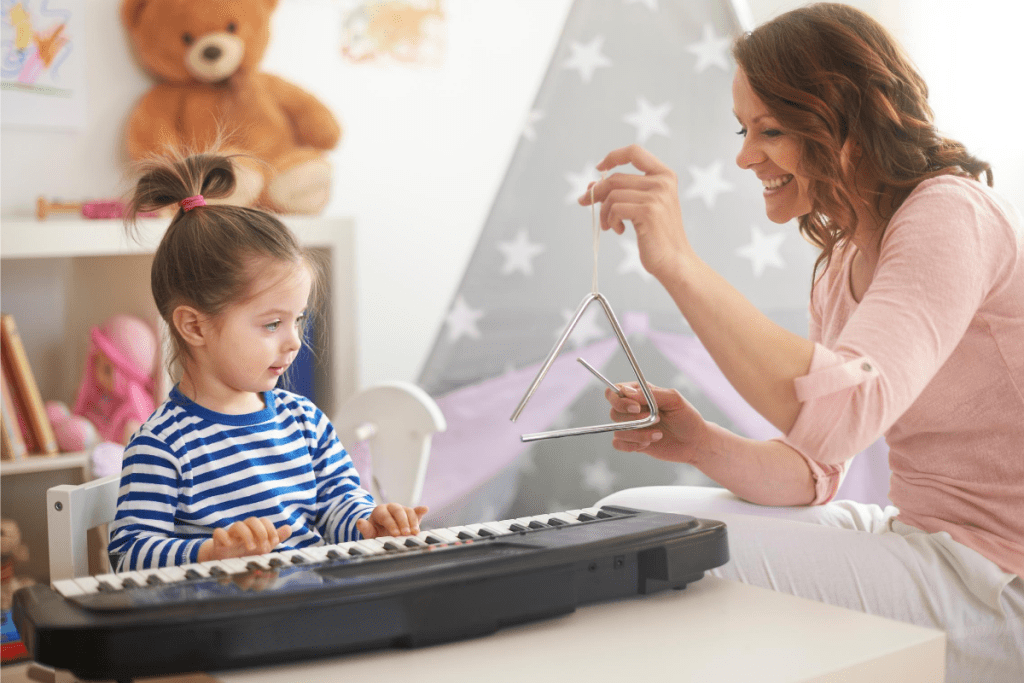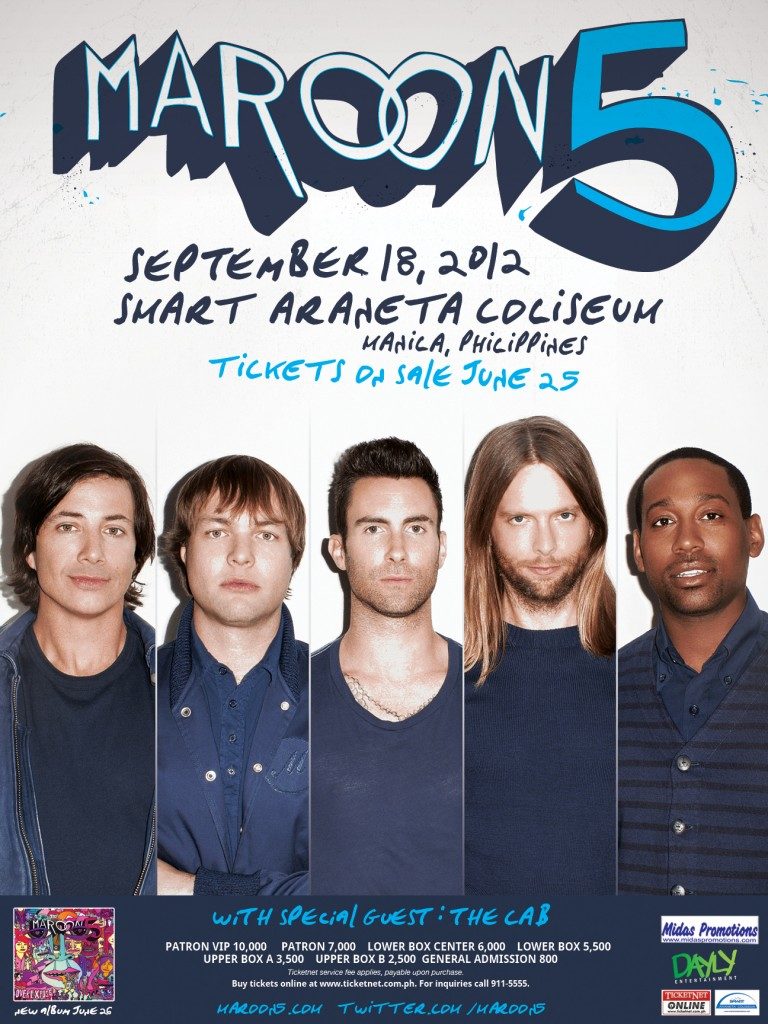Kids struggle to learn a new concept that is why teaching music is challenging. Teaching the same topics and using the same teaching materials year in year out can be tedious. There are new ways that encourage learners to understand music better. If your child wants to learn how to play guitar, start by getting guitar tuning accessories. Here are some tips on teaching kids music:
Make It Practical
Music is not all interactive and practical, some things have to be studied in theory. For the music theory, a teacher has to make the lesson fun, active and add some energy to it. There is always a way of introducing practical in the theory lesson. For younger kids, practical lessons are more memorable. Make the kids move around or at least do something in between the lesson.
It becomes easier to incorporate physical movements and activities in the lessons. Use the simplest methods like clapping and singing, it doesn’t require the use of any musical equipment. Using the body in making music is a way of helping the learners to memorize every detail. Combining body movements and listening to music creates a connection between aural and kinesthetic learning.
Teach What They Can Relate To
One music genre has traditionally been associated with music lessons like baroque and classical music. You don’t have to stick to this genre, introduce the learners’ favorite songs and genre. There are a lot of apps that you can find appealing songs for your students. Choose the specific musical elements that match the content of the lesson.
For example, the progression, rhythm, and melodic patterns make a good lesson that can be easily remembered by the learners. Ask the kind of music genre your students like, for teenagers you can use a rap song by their favorite artist. For small kids like nursery school learners, introduce a few theme songs of their favorite TV program.
Use Technology
It’s the 21st century and there are plenty of technological innovations that can be used by learners to study. Today’s kids are digital natives and it cannot be a dull moment once you introduce new technology into the classroom. Try using music apps, YouTube, and other sites when teaching. Have your kids download helpful apps and subscribe to the educative YouTube channels.
Through these platforms, learning of music extends beyond a classroom setting, they can learn at home or wherever they are. Most live performance videos focus on how musical instruments are played. They learn more of what goes into a live performance such as lighting, costume, and rehearsing. Encourage the kids to learn how to play virtual instruments and create beats.

Encourage Healthy Interaction
Interacting with fellow learners helps the kids build confidence. Collaborative learning teaches skills such as decision-making and problem-solving in a group.
Interacting is powerful than learning on your own. When kids are out in a group to work together, they become more productive than working individually. What they learn in a classroom becomes a topic of discussion even after school.







